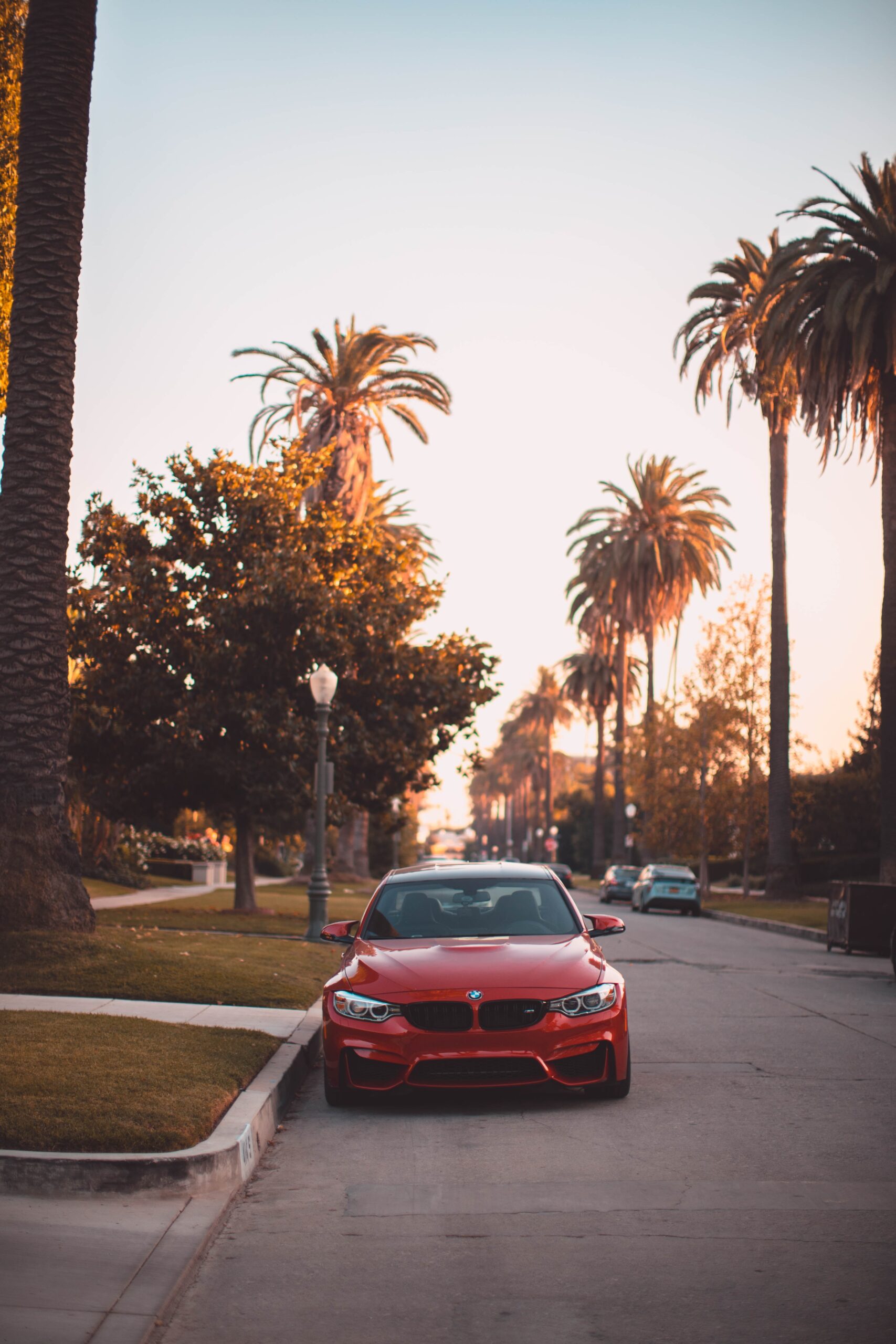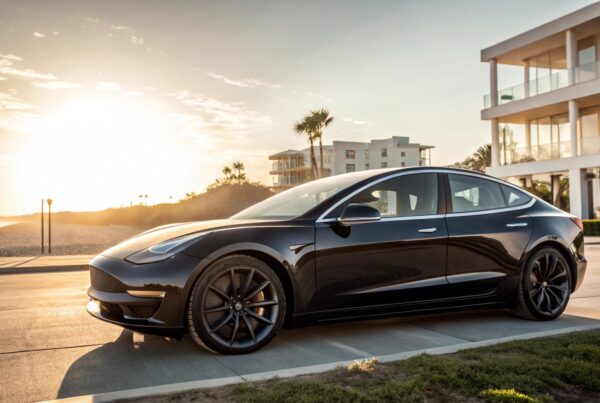Why Does Window Tint Turn Purple?
Window tinting is a popular choice for many vehicle owners. Whether you own an EV or family SUV, having window tint installed on the inside of the automotive glass can offer privacy, and protection from harmful UV rays, and provide a sleek appearance. However, you may have noticed that some window tints can turn purple over time.
The question asked of many car, truck, and SUV owners is – what causes automotive window film or tint to turn purple over time?
Believe it or not – there is actual science to support the purple appearance situation – and a root cause, that can be 100% avoided by choosing the right type of window film.
In this blog, we’ll break down the science behind why some types of window tint turn purple, explore the factors contributing to this occurrence, and find a 100 percent, full-proof way to avoid it from happening again.
We’ll also introduce you to a Next Gen ceramic window tint line-up by Ceramic Pro with exceptional IR heat-rejection and UV protection, that never turns purple.
What Causes Window Tint to Change Color?
As we all know, technology tends to solve some of the world’s greatest mysteries. In the old days, there was only one type of window film made – and it was called dyed window tint.
Older or lower-cost window tint films contain dyes that provide the desired color and level of darkness. Over time, exposure to various environmental factors can cause these dyes to break down, resulting in a change in color.
The breakdown of dye molecules can alter the wavelengths of light that are absorbed or reflected by the tint, leading to the appearance of a purple hue. Modern quality window tint films don’t have this common problem.
The direct factors that cause purple window tint include:
- Ultraviolet (UV) Radiation
- Heat and Sunlight
- Quality of Window Tint
- Lack of Regular Cleaning and Care
Let’s go into more detail.

Ultraviolet (UV) Radiation
One of the primary culprits behind the purple tint is prolonged exposure to UV radiation. UV rays from the sun can accelerate the degradation of dye molecules in window tint films.
When exposed to UV radiation over an extended period, the chemical bonds in the dye molecules weaken and break, causing the color to shift towards purple. Advanced window films simply don’t have this issue.
Heat and Sunlight
Heat and sunlight contribute significantly to the degradation process. Window tint films often absorb and dissipate heat to keep the interior cool. However, excessive heat and prolonged exposure to sunlight can accelerate the breakdown of the dye molecules.
As the film absorbs heat and UV rays, the dyes can deteriorate faster, leading to discoloration and the development of a purple hue.
Quality of Window Tint
The quality of the window tint film plays a crucial role in its resistance to discoloration. Higher-quality tints are typically manufactured with superior dyes and additives that offer increased protection against UV radiation and heat.
Investing in a reputable brand and professional installation can significantly prolong the lifespan of your tint, reducing the risk of color change. These types of films include nano carbon and ceramic window films.
The Lack of Regular Cleaning and Care
Proper maintenance and regular cleaning of window tint can help slow down the discoloration process. Using mild, non-abrasive cleaning solutions and soft microfiber cloths is recommended to avoid damaging the tint.
Avoid harsh chemicals and abrasive materials that may deteriorate the dye molecules on cheap window tints more rapidly. Even if you invest in carbon window tint or ceramic window tints, it’s important to use window-tint safe cleaners.

How to Prevent Purpling in Window Tint
The key is to invest in a high-quality window tint. To prolong the lifespan of your window tint and minimize color changes, there are additional protective measures you can take. But when you break it down simply – the key is to stop wasting your money on low-quality, dyed window films.
Advanced technology has created better and longer-lasting high-quality window tints, that are more affordable than you’d expect.
Ceramic Pro’s KAVACA Premium Window Films are NOT dyed window films. All three – Carbon-X, Ceramic IR, and Ultimate IR are engineered with nanotechnology, and high-quality window films that are incapable of turning purple.
Further, these Next Generation films are manufactured with the best materials, and with modern quality control standards. They are also installed by certified technicians specifically taught by Ceramic Pro’s expert training department.
With KAVACA Window Films – purpling, cracking, and premature aging is a thing of the past. So – if you’d like to learn how affordable these Next Generation films are, click the button below to receive a free quote.




